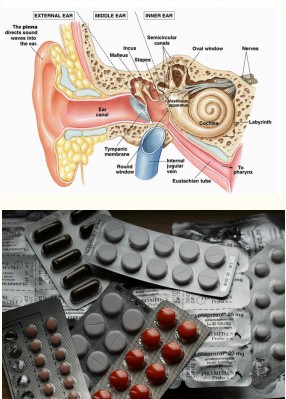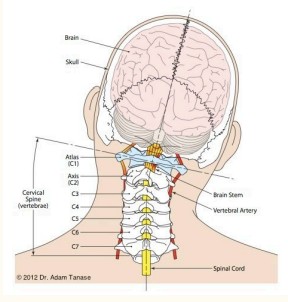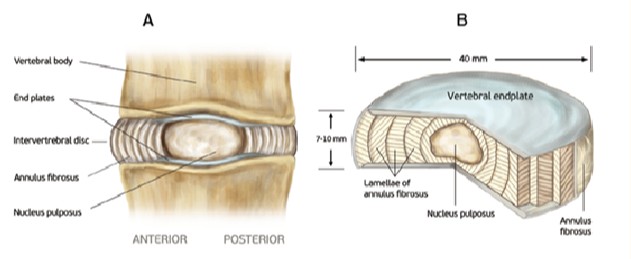Vertigo can be one of the most frustrating conditions to deal with. There are numerous causes of vertigo, but all of them can interfere with activities of daily living. Feeling dizzy, unsteady, experiencing vision disturbances, or even vomiting are all possible complications from vertigo.

What can be even more frustrating is the difficulty in diagnosing the causes of vertigo. Let’s go over a few of them and what can be done for each of them.
Emergency Causes
Some of the causes of vertigo are absolutely an emergency. While very rare, ruling out these causes is obviously a high priority. These can include:
- Brain tumor or space occupying lesion
- Head trauma or intracranial hemorrhage
- Stroke
- Severe infection of the inner ear
- MS (Multiple Sclerosis)

Luckily these causes account for only approximately 10% of vertigo cases, with the majority being benign tumors or other non life threatening causes.
Peripheral Vertigo
Peripheral vertigo refers to any cause of vertigo that does not have to do with the brain or cranial nerve that supplies the inner ear.
These account for the majority of vertigo cases. These causes include:
- Benign Paroxysmal Positional Vertigo
- Minor infection
- Migraines
- Meniere’s disease
- Medication side effects

Infection and medications are pretty obvious in their solution. Talking with your prescribing doctor is always what we recommend if this is the suspected cause. Chiropractic has been shown to be effective in treating migraines, BPPV, and Meniere’s disease.

BPPV
Benign paroxysmal positional vertigo is a mouthful. It basically means that you are having vertigo from a benign or non serious cause, that is only triggered by certain movements or body positions.
This is most commonly caused by otoliths, which are small crystals, inside the inner ear.
These small crystals help us maintain balance with our vestibular system. If they end up in a different part of the ear than they belong, however, they can cause dizziness when moving or changing position.
Chiropractic care, rehab movements such as the Epley Maneuver, or a vestibular specialist physical therapist are the recommended treatment options. Sometimes this form of vertigo also just takes time to resolve.
Migraines and Meinere’s Disease
Both of these conditions respond remarkably well to chiropractic care. Whenever either of these are suspected, we always look at the first vertebra in the spine, C1. Another name for this vertebra is Atlas.
C1 sits extremely close to both the brain stem and the tubes that drain the inner ear. Due to its unique position, it very commonly causes headaches and issues with fluids in the inner ear. Children with chronic ear infections can also get relief because of this vertebra’s position!

Adjustments to ensure proper positioning of C1 can yield amazing results. Dr. Courtney is trained in additional techniques that focus on C1. She is the only practitioner of this technique in a 2 & 1/2 hour radius!




